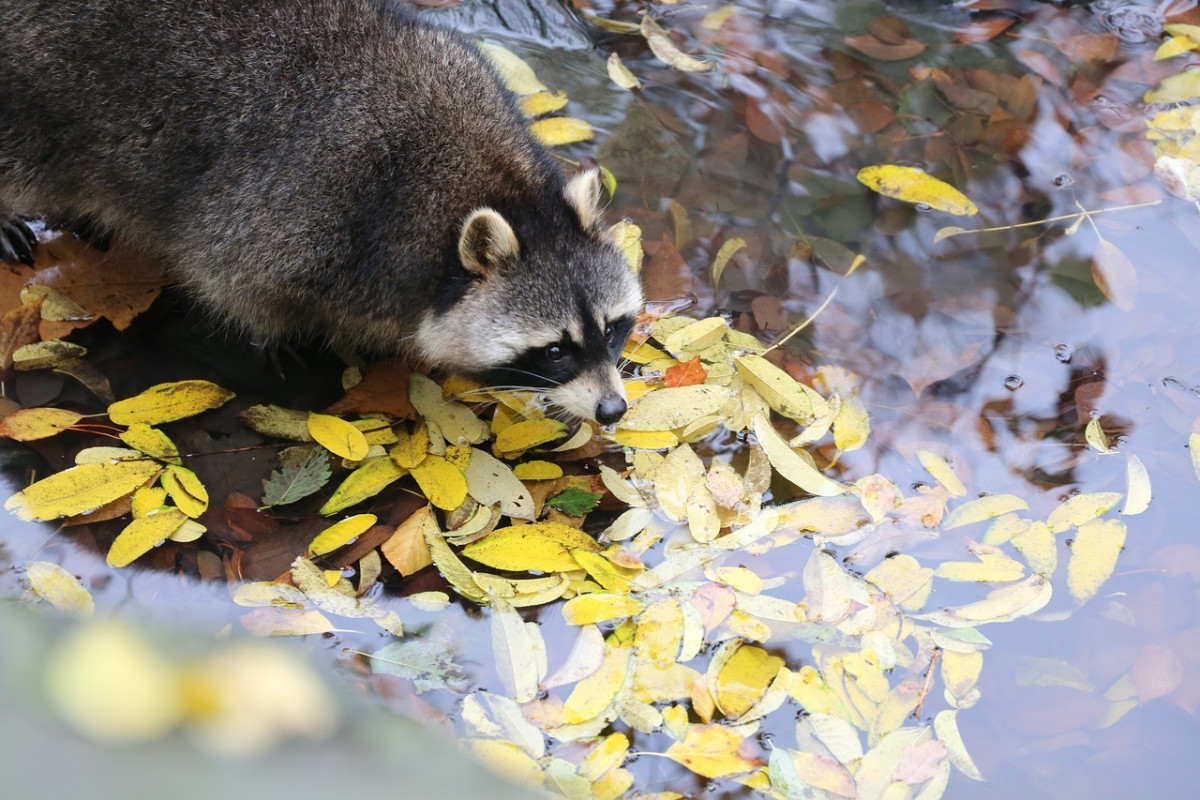
The Department of Culture, Heritage and the Gaeltacht has confirmed that racoon was recovered from the main street in Ennistymon on Tuesday night, after being hit by a car.
Passers-by immediately identified the dead animal as a racoon, before one of them removed the carcass from the road.
Racoons are native to North America. There they inhabit a range of habitats including urban areas, where they have a reputation for scavenging in dustbins. They are omnivorous and also like to dabble at the water’s edge. The size of a large cat, with thick greyish fur, they are easily identified by the black and white ‘mask’ on their face, and black rings on their tail. The racoon which somehow found its way into Ennistymon was a mature female.
There have been several reported sightings of racoons in Ireland in recent years, mainly from Co. Cork.
Dead Racoon on the street in Ennistymon last night. Blown off course? @npwsBioData @BioDataCentre pic.twitter.com/P6dZ24gFjb
— Ó Foghlú (@rayofoghlu) September 19, 2018
The racoon (scientific name Procyon lotor) has been listed as an invasive species of Union concern, under the EU Regulation on Invasive Alien Species 1143/2014. This Regulation, which entered into force in 2015, lays down rules to prevent, minimise and mitigate the adverse impacts of the introduction and spread of invasive alien species. These impacts can relate to biodiversity, human health or the economy.
It is illegal to release listed species into the wild, or allow them to escape into the wild. It is also an offence to import, buy, sell or breed listed species (with some exceptions). Other listed species include the coypu, Chinese mitten crab, small Asian mongoose, Chinese muntjac deer, giant hogweed and curly waterweed.
Alien species are plants, animals, fungi and micro-organisms that have been transported outside their natural range and become established in new areas. There are currently more than 12,000 alien species in Europe. Some spread rapidly due to abundant food sources and/or a lack of natural predators, and become invasive alien species, with the potential to cause huge damage or loss to biodiversity, the economy and human health.
The National Biodiversity Data Centre keeps records of sightings or findings of invasive alien species. You can use their website to identify invasive species in Ireland, submit sightings and to find out more. http://www.biodiversityireland.ie/projects/invasive-species/submit- sightings/
If anyone finds an unusual invasive alien species, they can also report it to their local NPWS Conservation Ranger whose phone number can be found on www.npws.ie.